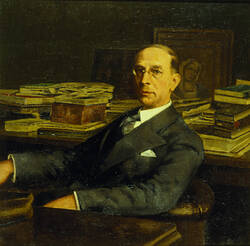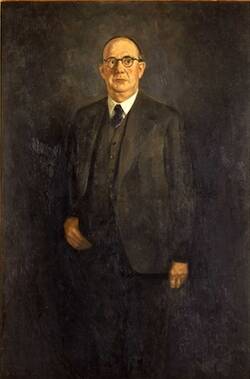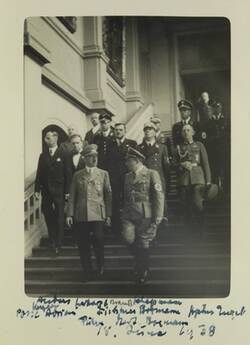Further Media



During the Second World War, Dresden became a focal point for the Nazi art looting that took place throughout Europe. In June 1939, Adolf Hitler appointed the Dresden gallery director Hans Posse as his Special Commissioner, whose task was to select works of art for a planned “Führermuseum” in Linz.
Although the museum in Linz never got off the architect’s drawing board, Posse collected thousands of works of art of various genres for the Special Commission. As well as the planned museum in Linz, other museums were also intended to reap benefits from the works, some of which were stolen and others acquired by legal means. The Special Commission was based in Dresden, where many of the pieces were appraised, restored and photographed before being sent on to various storage facilities. These activities in Dresden did not end upon Posse’s death in December 1942: from March 1943, Herman Voss succeeded him as director of both the Dresden gallery and the “Linz Special Commission”.
Staatliche Kunstsammlungen Dresden today still hold works of art whose history is closely intertwined with the “Linz Special Commission”. Alongside a handful of paintings, most of the pieces are works on paper which remained in Dresden after 1945 and are kept at the Kupferstich-Kabinett (the Collection of Prints, Drawings and Photographs). The task of exploring the works’ origins falls to provenance researchers. Unlawfully acquired pieces are restituted; that is, returned to the historical victims of the Nazi regime or their heirs. We provenance researchers at Staatliche Kunstsammlungen Dresden would like to introduce you to some objects that came to Dresden as part of the “Linz Special Commission”.